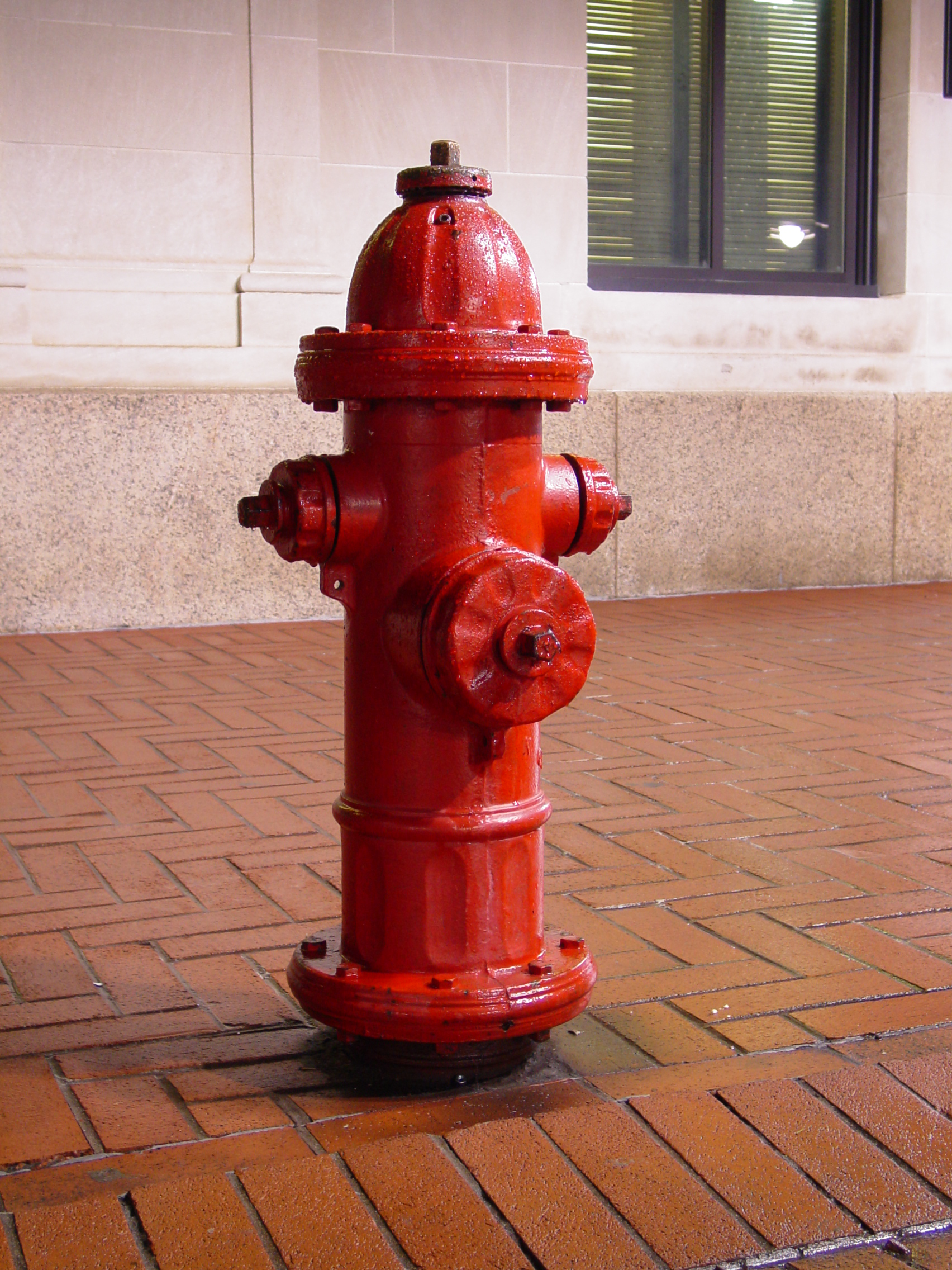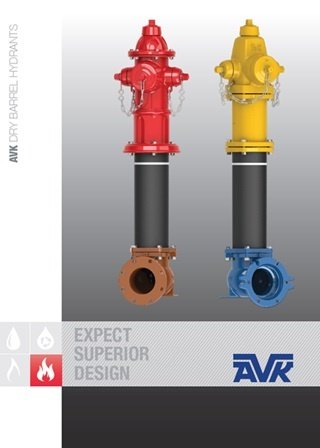The Importance of Fire Hydrant Weight: Factors and Considerations
In the realm of fire safety and prevention, fire hydrants play a critical role. These seemingly unassuming devices are essential for firefighters to quickly and effectively combat fires. One of the often-overlooked aspects of fire hydrants is their weight. In this article, we delve into the significance of fire hydrant weight, exploring its implications, variations, and considerations for optimal performance.
I. Understanding Fire Hydrant Weight

Understanding Fire Hydrant Weight
A fire hydrant's weight is a crucial factor that influences its stability, ease of maintenance, and functionality during emergency situations. The weight of a fire hydrant is determined by several components, including the materials used, design, and additional features. Different types of fire hydrants, such as dry barrel hydrants and wet barrel hydrants, have distinct weight profiles due to their varying mechanisms.
II. Factors Influencing Fire Hydrant Weight

Factors Influencing Fire Hydrant Weight
1. Material Composition
The choice of materials significantly impacts the weight of a fire hydrant. Common materials include cast iron, ductile iron, and stainless steel. Cast iron hydrants are renowned for their durability, while stainless steel offers corrosion resistance.
2. Design and Construction
The design complexity, including the number of outlets, valve systems, and additional features, affects the overall weight of the hydrant. The location and type of connections can also contribute to weight variations.
3. Hydrant Type
Different types of fire hydrants have distinct weight profiles. Dry barrel hydrants, commonly used in cold climates, have a drainage system to prevent freezing, while wet barrel hydrants are used in milder climates.
4. Pressure Ratings
Fire hydrants are engineered to withstand specific pressure ratings. The materials and construction required to meet higher pressure thresholds can contribute to increased weight.
III. Comparative Analysis: Dry Barrel vs. Wet Barrel Hydrants
|
Factors |
Dry Barrel Hydrants |
Wet Barrel Hydrants |
|
Weight |
Heavier due to additional drainage and freeze-prevention mechanisms |
Relatively lighter |
|
Freeze Protection |
Effective in cold climates; less prone to freezing |
Prone to freezing in cold climates |
|
Maintenance |
More complex maintenance due to drainage components |
Simpler maintenance |
|
Common Usage |
Cold climates and areas with freezing risks |
Milder climates with lower freezing likelihood |
IV. Considerations for Fire Hydrant Weight
1. Local Climate
The climate of the area where the fire hydrant will be installed is a significant consideration. Areas with freezing temperatures necessitate hydrants designed to prevent freezing.
2. Pressure Requirements
Understanding the required pressure rating for the hydrant is crucial. High-pressure scenarios might require heavier hydrants with stronger materials.
3. Maintenance Procedures
Heavier hydrants with intricate mechanisms might require more comprehensive maintenance routines. Consider the availability of maintenance resources.
Fire hydrant weight is more than just a numeric value – it directly influences the reliability and efficiency of these vital emergency tools. The material composition, design, and type of hydrant collectively determine its weight, making it imperative for fire safety professionals to choose the right hydrant for their specific needs. By carefully considering factors like local climate, pressure requirements, and maintenance capabilities, stakeholders can ensure that fire hydrants remain steadfast guardians against the destructive power of fires.